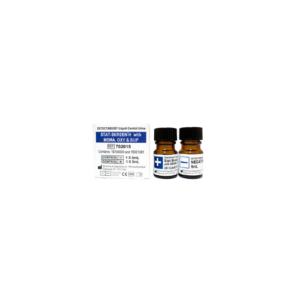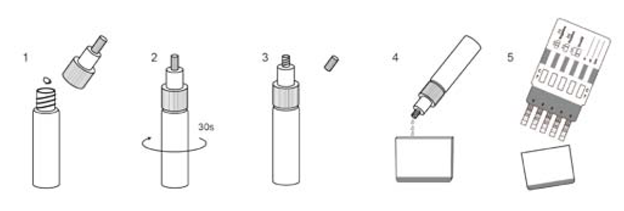Surface Testing Demonstration
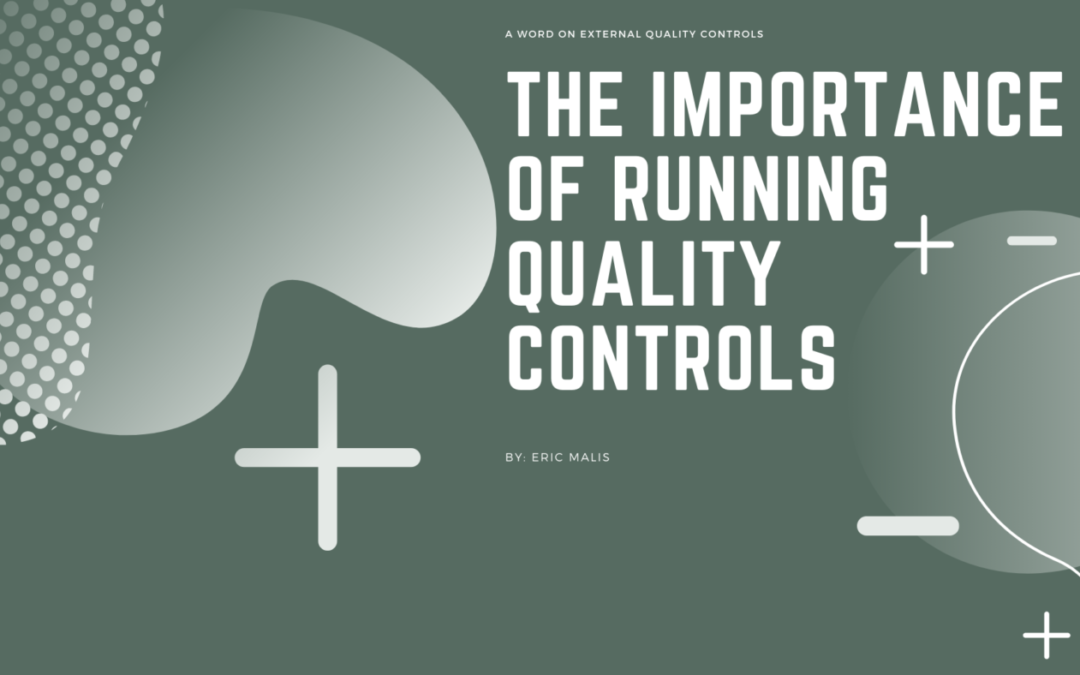
A Word on External Quality Controls
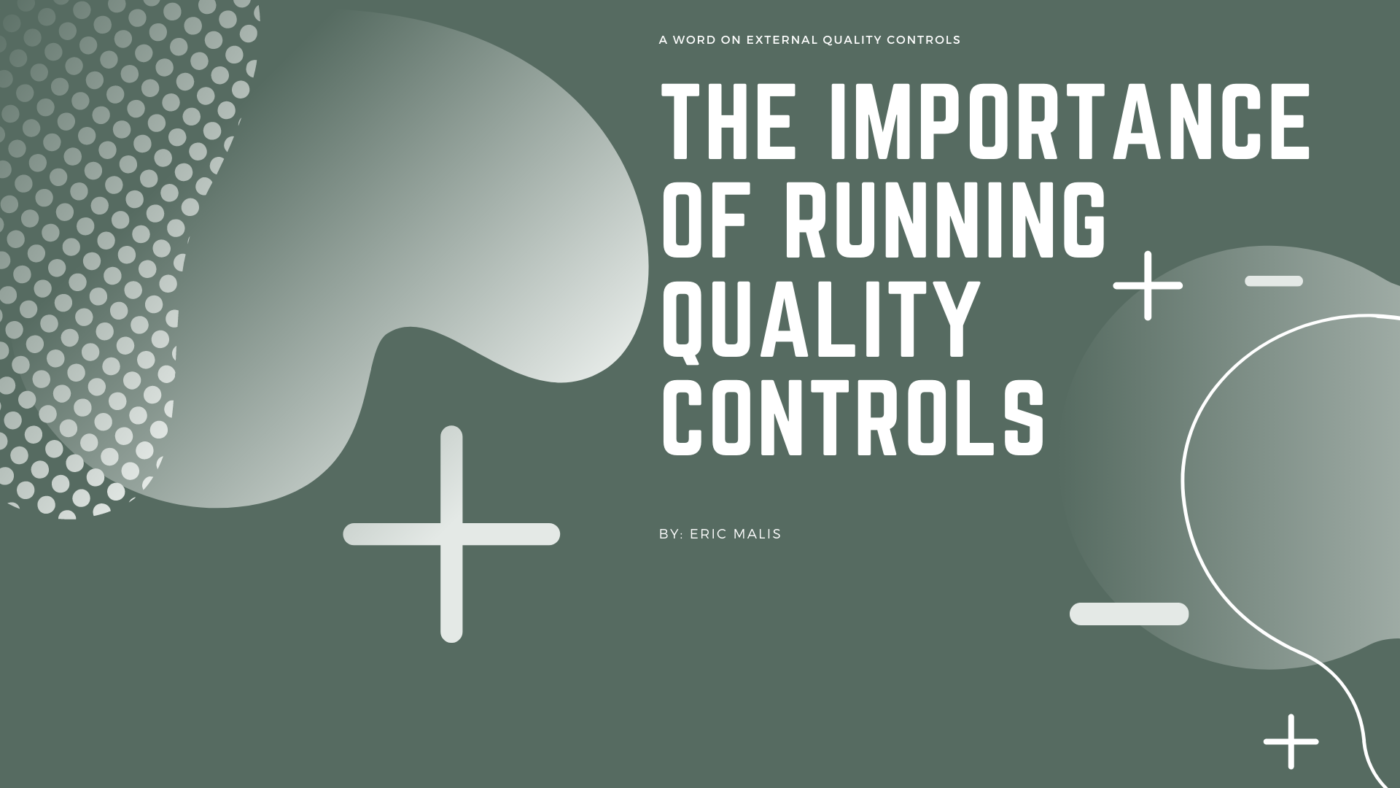
If you read the instructions that are included in each box of tests (stop laughing, some people have!) then you have seen the recommendation that “positive and negative controls be tested as good laboratory practice to confirm the test procedure and to verify proper test performance”. Every instant test does have built-in procedural controls; “a colored line appearing in the control area confirms specimen volume, adequate wicking, and correct procedural technique”. So, while the built-in controls indicate the test was performed correctly, it does not indicate performance (read accuracy and precision).
So, what are these external controls that the instructions recommend running? In short, they are synthetic urine specimens that are spiked with known and measurable concentrations of target substances, which should consistently provide the same result. For example, an external control to test the Benzodiazepine panel would contain at least 300ng/mL of Oxazepam, which is the calibrator – or target substance – that the BZO panel would react to. Since the instant tests’ accuracy becomes higher the further above cut-off we go, we typically recommend a “+50%” control. With our Benzo example, this means the controls would contain 450ng/mL of Oxazepam.
Since these are simply urine specimens, the controls are run just as you would run any other instant test. You would have one test that you would use the positive controls on – success would be that all the substances that are included positive control would cause a positive result on the corresponding panel on the instant test. You would also run a negative control, with success being none of the panels showing a positive result. We usually provide these controls in 5mL vials, with each vial containing enough specimen to run one test.
Now, of course not everybody pays attention to the instructions, or to the manufacturers’ recommendations. However, depending on the nature of your testing program, this can become more important to heed. This mainly affects healthcare facilities because they fall under the purview of CLIA (Clinical Laboratory Improvement Amendments), which requires that they follow all the manufacturers’ recommendations for using instant tests; they need to run quality controls once per shipment or once per lot, whichever comes first. Some healthcare credentialing bodies go even further than that, requiring that controls also be run once for every thirty days in storage, and once for every new hire.
Overall, it is excellent practice to run the controls per the manufacturers’ recommendations, and it is a quick and easy process, as there is very little difference in the procedure. Also, the cost for the controls is not considered prohibitive for most programs. For more information on this, or if you need to order controls, please reach out to your consultant.
Know Your Substances: Cocaine
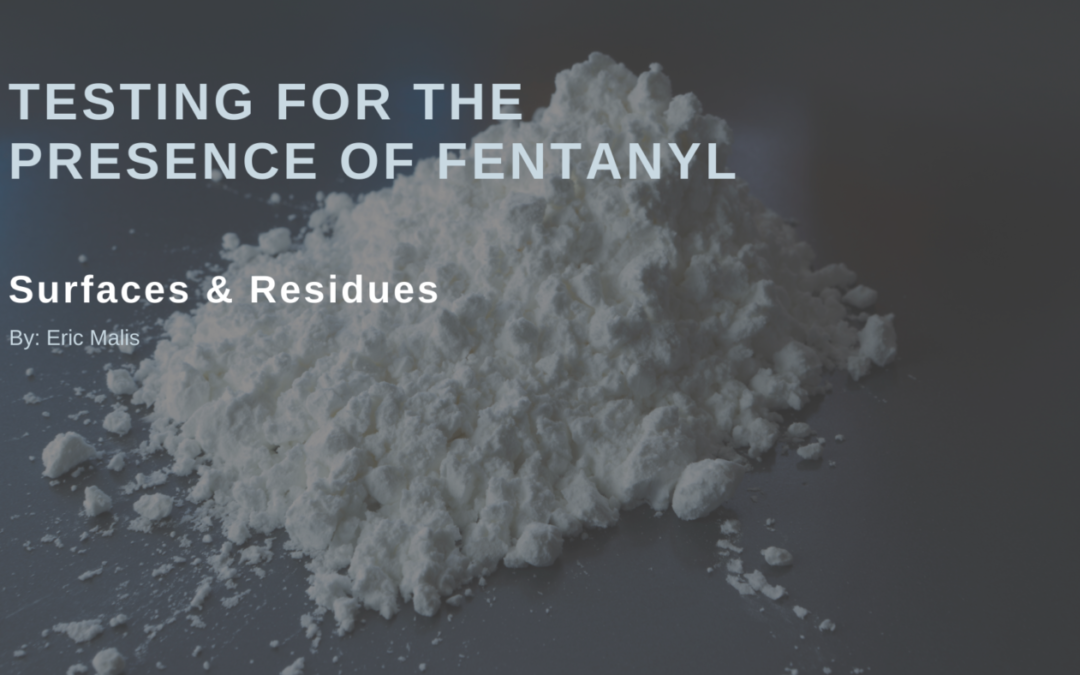
Testing for the Presence of Fentanyl: Surfaces & Residues
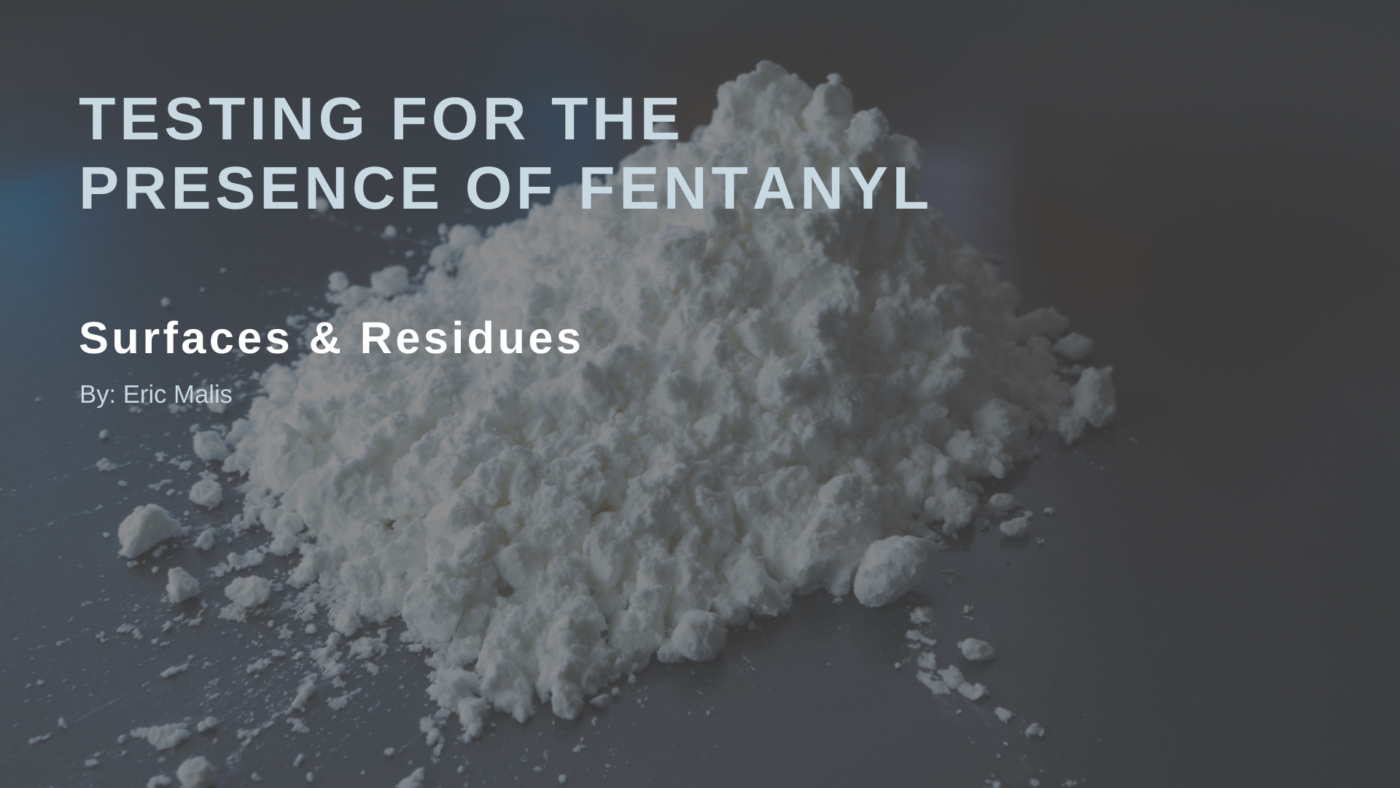
We are frequently asked about the options for testing a powder or residue found on a participant, or at a facility for the presence of Fentanyl. In other words, if during a routine check of the property (residential, inpatient, correctional facility, etc.), a powder substance or residue is found, the staff may want to test to see if the powder that is found is or contains Fentanyl.
The obvious reason to test is safety, as nobody wants themselves nor their staff to be exposed to Fentanyl without proper safety precautions. Another reason is harm prevention/reduction; some facilities may have reason to test a user’s “stash” to determine if it might be contaminated by Fentanyl. This same could hold true for a better awareness of what substances might be common in their neighborhood.
If you find yourself in one of the above situations (or for any other reason that I may have neglected to include), we have good news: the instant test for Fentanyl, with the aid of a readily available and relatively inexpensive buffer solution, will detect Fentanyl itself. So, in addition to the more common use of testing urine for Fentanyl use, the Fentanyl instant test makes for an excellent and reliable forensic test as well. It makes the most sense to do this with the Fentanyl single-panel, as opposed to multi-panel dip or cup. Although, while it would certainly also work on the multi-panel, it typically makes the most send cost-wise (and ease of use) with the single-panel.
The other good news is regarding the cut-off level/drug concentration: our currently most popular single-panel Fentanyl dip is calibrated to Norfentanyl (the primary metabolite of Fentanyl) at 20 ng/mL (nanograms per milliliter) but will also detect the Fentanyl itself at 200 ng/mL. So, while you might be encountering a very small amount of powder, keep in mind that a nanogram is one billionth of a gram. We can imagine that a microgram (one millionth of a gram) is about the smallest amount of substance we could see with our “bare” eyes. Then two “grains” is already 1,000 times more Fentanyl than what is needed to trigger a positive on the test strip.
Lastly, it is incredibly simple to use, as seen in the instructions below:
If you would like additional information on this or need to order the buffer solution to begin testing in your facility, please reach out to myself or your consultant.

